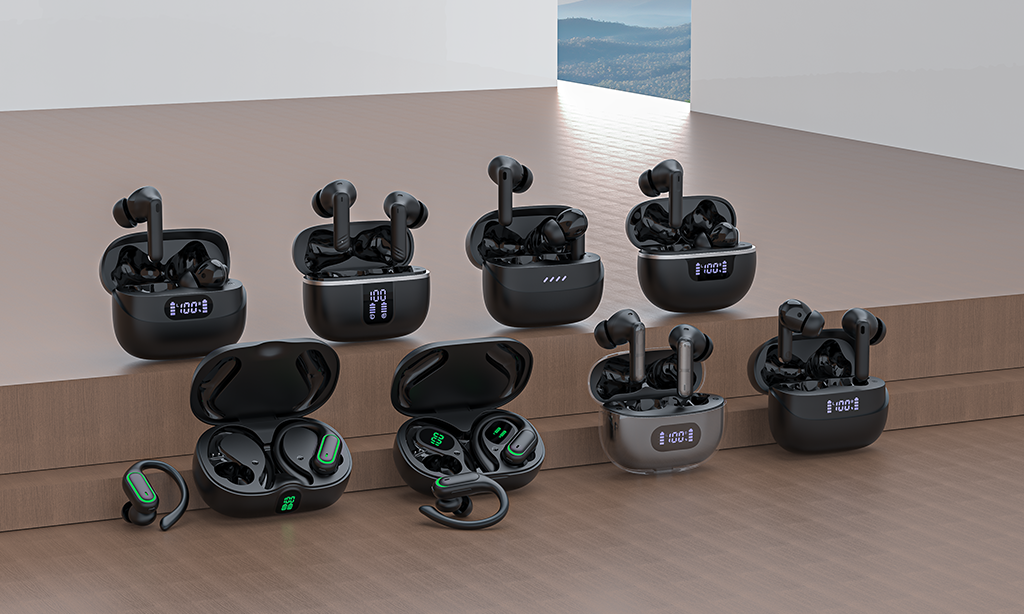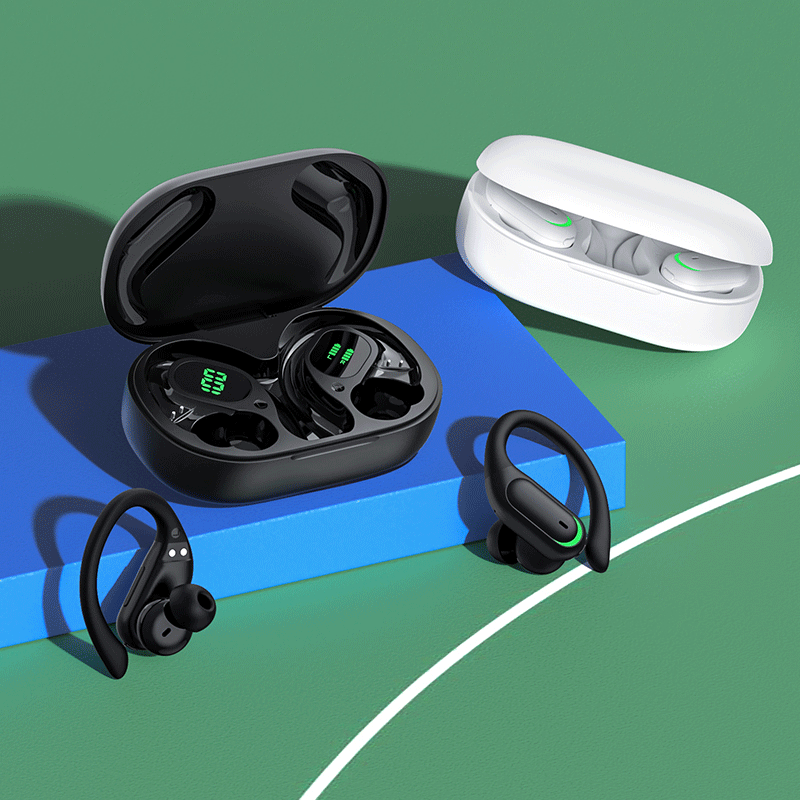Are TWS Earbuds Safe?
TWS earbuds are generally safe when used responsibly. Following guidelines like controlling volume levels and usage duration can significantly reduce risks such as noise-induced hearing loss. Learn more about how to use TWS earbuds safely in this comprehensive guide.
Introduction to TWS Earbuds Safety
TWS (True Wireless Stereo) earbuds are a staple for audio enthusiasts due to their convenience, portability, and advanced features. However, questions around their safety often arise. Are they safe for your ears? What about potential radiation exposure? This article dives into these concerns and provides actionable advice for safe usage.

Understanding Noise-Induced Hearing Loss (NIHL)
Noise-Induced Hearing Loss (NIHL) is a common concern for those using earbuds at high volumes. Prolonged exposure to loud sounds can permanently damage the delicate structures in the ear. According to the World Health Organization (WHO), listening to audio above 85 decibels for extended periods significantly increases the risk of hearing damage.
Quick Tip: To protect your hearing, limit the volume to under 60% and take breaks after every hour of listening.
The Role of EMF Radiation
EMF (Electromagnetic Field) radiation is emitted by all wireless devices, including TWS earbuds. While the levels are low and within globally accepted safety standards, some researchers highlight the need for more long-term studies on frequent exposure.
To minimize exposure, use earbuds in moderation and switch between wireless and wired listening options when possible.
Recommended Usage Guidelines
To use TWS earbuds safely, follow these recommended guidelines:
- Follow the 60/60 Rule: Listen at 60% volume for no more than 60 minutes at a time.
- Take breaks of 5-10 minutes after every hour of use.
- Avoid using earbuds in noisy environments, which might tempt you to increase the volume excessively.
| Recommendation | Duration | Volume Level | Notes |
|---|---|---|---|
| General Usage | 1 hour/day | Below 60% | Protects against hearing damage |
| 60/60 Rule | 60 minutes | Up to 60% | Take 10-minute breaks |
| High Volume | Under 10 minutes | Above 85% | Risk of immediate hearing damage |
Common Safety Incidents and Risks
While most users experience no issues, there have been rare reports of malfunctioning earbuds causing injuries, such as overheating or exploding batteries. To avoid such incidents, purchase earbuds from reputable brands like BJBJ, which prioritize safety and quality in their designs.
Expert Opinions on TWS Earbuds Safety
Audiologists and health professionals agree that TWS earbuds are safe when used correctly. They emphasize monitoring volume levels, taking breaks, and investing in earbuds with built-in safety features, such as volume limiters.
Market Trends in Earbud Safety Features
The growing consumer demand for safer products has led manufacturers to include advanced safety features in TWS earbuds. Brands like BJBJ focus on ergonomic designs, noise cancellation, and safe volume levels to meet these demands. Check out the BJBJ S1 Pro and BJBJ S2 Pro for safe and high-performance options.

FAQs About TWS Earbud Safety
Are TWS earbuds safe for my hearing?
Yes, when used responsibly, TWS earbuds are safe for your hearing.
Do TWS earbuds emit harmful radiation?
The EMF radiation emitted is minimal and considered safe by global standards.
How can I ensure my TWS earbuds are safe?
Purchase from reputable brands, follow recommended usage guidelines, and check for safety certifications.
Conclusion: Choose BJBJ for Safe TWS Earbuds
TWS earbuds are a fantastic way to enjoy music, podcasts, and calls on the go. By using them responsibly and choosing high-quality products like those from BJBJ, you can enjoy all the benefits without worrying about safety risks. Explore our range of TWS earbuds today and experience the perfect blend of performance and peace of mind!
Read More:
